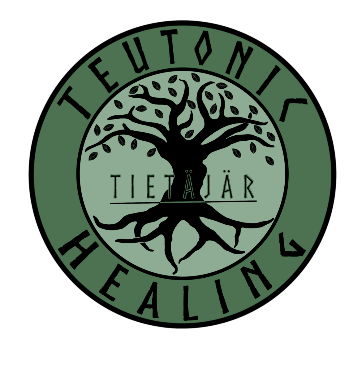This flavonoid was first extracted from the Reseda luteola or Dyer’s Mignonette or Yellow Weed or by French chemist Michel Eugène Chevreul in 1829. It is also found in marigold flowers and was a part of the European folk-healing tradition and TCM for long before its isolation.
This molecule is a wonder drug and one might wonder why it is not being recommended by physicians who treat senile dementia or Autism Spectrum Disorder (ASD) or Chronic Fatigue, or Brain Fog:
“Brain “fog” is a constellation of symptoms that include reduced cognition, inability to concentrate and multitask, as well as loss of short and long term memory. Brain “fog” characterizes patients with autism spectrum disorders (ASDs), celiac disease, chronic fatigue syndrome, fibromyalgia, mastocytosis, and postural tachycardia syndrome (POTS), as well as “minimal cognitive impairment,” an early clinical presentation of Alzheimer’s disease (AD), and other neuropsychiatric disorders. Brain “fog” may be due to inflammatory molecules, including adipocytokines and histamine released from mast cells (MCs) further stimulating microglia activation, and causing focal brain inflammation. Recent reviews have described the potential use of natural flavonoids for the treatment of neuropsychiatric and neurodegenerative diseases. The flavone luteolin has numerous useful actions that include: anti-oxidant, anti-inflammatory, microglia inhibition, neuroprotection, and memory increase. A liposomal luteolin formulation in olive fruit extract improved attention in children with ASDs and brain “fog””. https://www.frontiersin.org/articles/10.3389/fnins.2015.00225/full
PubMed cites its proven action in limiting the spread of tumors and encouraging cancer cell apoptosis (the normal cell death- cancer cells tend not to die off as normal cells do, adding to their potential for proliferation). https://www.ncbi.nlm.nih.gov/pmc/articles/PMC2615542/
“Luteolin’s anticancer property is associated with the induction of apoptosis, and inhibition of cell proliferation, metastasis and angiogenesis. Furthermore, luteolin sensitizes cancer cells to therapeutic-induced cytotoxicity through suppressing (cancer) cell survival pathways…”
The types of cancers luteolin has proven active against is large: “It acts as an anticancer agent against various types of human malignancies such as lung, breast, glioblastoma, prostate, colon, and pancreatic cancers.” https://pubmed.ncbi.nlm.nih.gov/30798142/
Luteolin also protects against cellular senescence: https://pubs.rsc.org/en/content/articlehtml/2023/fo/d2fo02688k?page=search
“Recent studies have shown that nutritional intervention can delay aging and lessen age-related diseases in many animal and even human models.” Luteolin is listed in the Floavonoid class (Table 1).
Let’s add one more, of very recent importance, benefit of luteolin to our list- helping the body to resist SARS Cov-2z; https://www.nature.com/articles/s41598-022-14664-2. In this article it is cited, right along with the much better known Quercetin, as a key molecule in resisting viral diseases: “…we experimentally tested luteolin and quercetin for their ability to inhibit the RdRp enzyme. These two compounds are ancestors of flavonoid natural compounds known for a variety of basal pharmacological activities. Luteolin and quercetin returned a single-digit IC50 of 4.6 µM and 6.9 µM, respectively. Then, through dynamic docking simulations, we identified possible binding modes of these compounds to a recently published cryo-EM structure of RdRp. Collectively, these data indicate that these two compounds are a valid starting point for further optimization and development of a new class of RdRp inhibitors to treat SARS-CoV-2 and potentially other viral infections.”
Don’t expect to hear about this from most health care professionals. Luteolin rich foods are abundant, and like quercetin, which can be found in onion skins (I grind the coarser ones up in high speed blendor with minimal water and add to soups or stews) can easily be found in the diet, or bought as an inexpensive tablet. As such, it cannot be patented or sold by a pharmaceutical company, but you, as an informed health care consumer, should get to know this prophylactic powerhouse.
